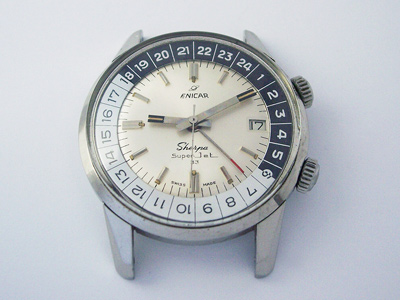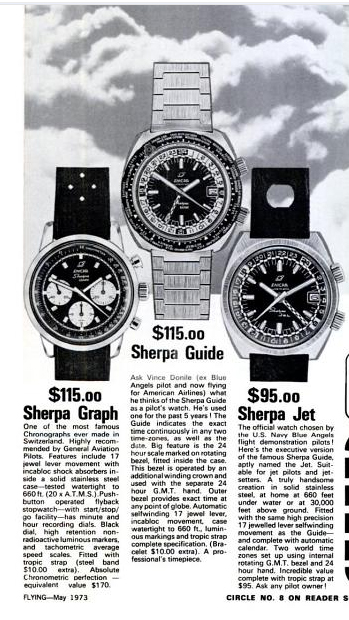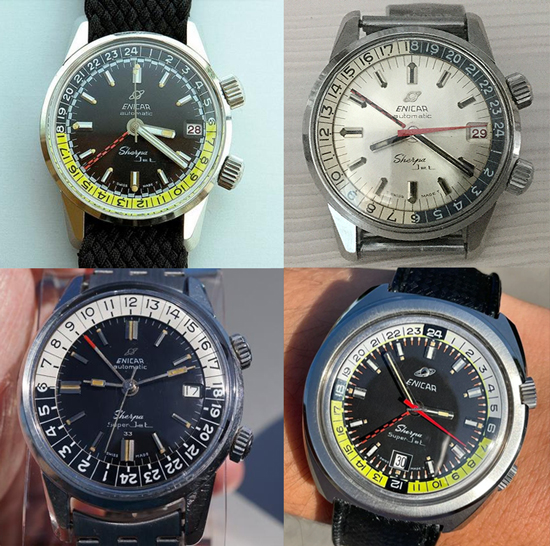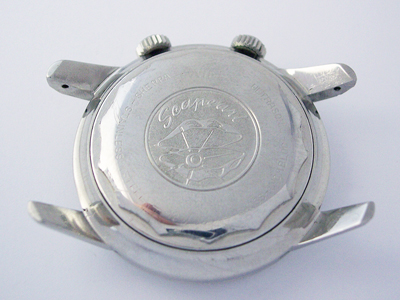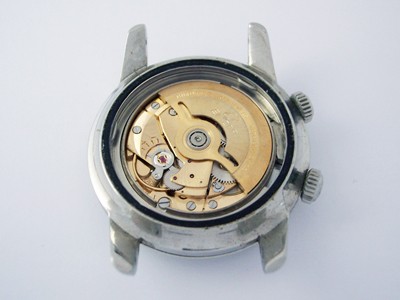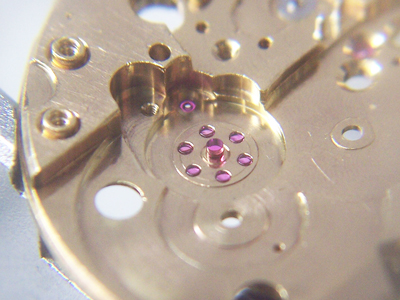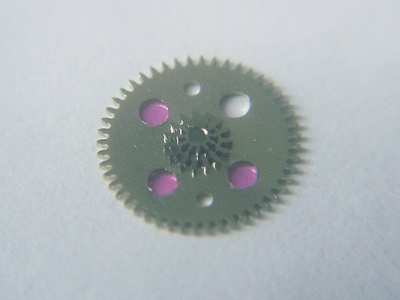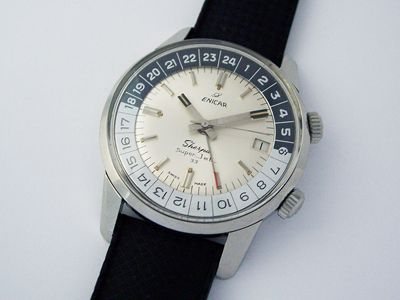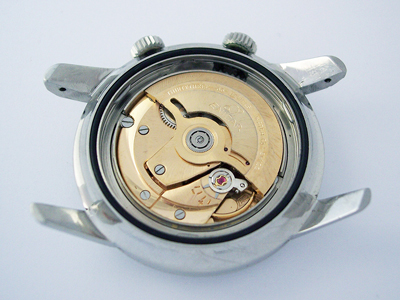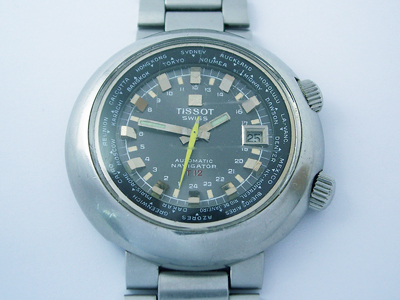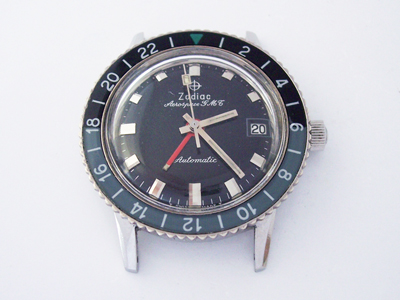It’s been a few years since I’ve written about an Enicar on the blog, so let’s have a closer look at this Sherpa Super-Jet 33. It’s a fine looking watch, I’m sure you’ll agree.
(Click pictures to enlarge)
The Sherpa name is synonymous with Enicar who first registered the brand in 1956. Using prominent mountain climbers, adventurers and sportsmen to promote the brand, Enicar used the Sherpa name for many years, releasing more than a hundred different models in total. With the now widely recognised Sherpa-Dive, Jet, Guide and Graph sub-brands, the range covered a lot of bases and proved very popular.
Though I’ve briefly covered Enicar’s history in a previous post, for anyone interested in the brand, there is a comprehensive series of articles over on The Springbar which are an incredible information resource and well worth a visit.
The watch in this post is part of the two-crown Pilot series, this particular watch being a Mark I dating to 1964. Released at the same time as the Sherpa-Jet, the Super-Jet models increased the standard case size from 36.5 to 40mm, and the Super-Jet 33 models featured an upgraded 33 jewel version of the AR1126 calibre (but more on that later.)
Here are few of the other models in the Sherpa-Jet range, all featuring the same internal ‘day-night’ bezel operated via the upper crown.
Turning the watch over, the caseback is nicely decorated with the Seapearl logo and features Enicar’s typical scalloped edge design.
The case is common to many twin crown style watches and was used extensively by Enicar, the EPSA manufactured Compressor case. I’ve written about this case design before in an article about another Enicar model, the Sherpa Graph, here is a link if you would like more details on it.
Inside the watch is an Enicar cal. AR1126, an in-house automatic calibre with a beat rate of 18,000 bph, 24hr hand, limited quickset and 25, 30 or 33 jewels, the latter in this case.
The movement wasn’t particularly clean or running all that well, so needed a full service. On disassembling the movement, I was surprised to see where Enicar had chosen to use the additional jewels, some of them were certainly unexpected.
In a high jewel calibre, the additional jewels are typically used in high stress areas such as the mainspring barrel, jewelling either the barrel base and lid, or the bushes in which the barrel arbor rotates. I was therefore surprised to see that Enicar had not jewelled either of these areas, instead choosing to add no less than seven jewels for the lower ratchet wheel for the automatic winding mechanism – granted, this is an area that sees a lot of ‘action’ and is prone to wear, but seven jewels?
There were also three additional jewels mounted in the minute wheel on the dial side which I found a bit curious, and why the spare hole?
I initially thought that one of the jewels must be missing, perhaps shaken out during a previous ultrasonic cleaning cycle, but no, totalling up the jewels it came to 33, so the three jewel minute wheel must have been a design choice. Strange.
Those curious design choices aside, it’s a fine calibre and this one presented no problems at all. With no signs of heavy wear or moisture ingress, it just needing a routine service this time.
As you can see from the first picture, the watch was already in good cosmetic condition and so needed very little work, namely a clean for the case, polishing out a few surface scratches from the crystal, and fitting a new caseback gasket to finish the job.
Rich.
** Many thanks to Jon Isnardi-Bruno for letting me feature his watch on the blog. **

